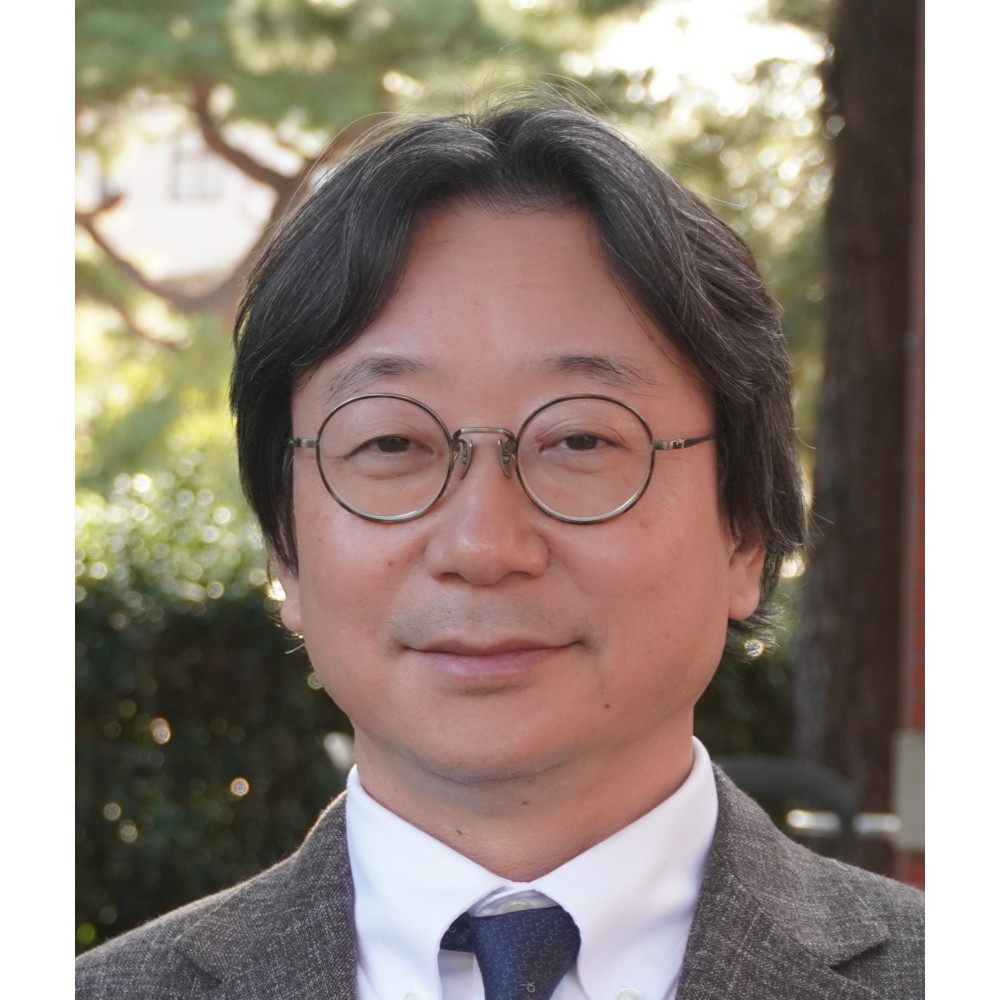
Tadashi Ogawa
Administrative Director
- Position
- Professor
- Research Field
- Cognitive Neuroscience, Experimental Psychology
Research Overview
Ogawa’s study has been multi-disciplinary, combining experimental psychology, neurophysiology, and control engineering to focus on elucidating the neuronal mechanisms of higher brain functions, such as adaptive control on visual-oculomotor system, visual attention/visual search, and intelligent problem-solving behaviors through trial-and-error. Especially, he pioneered the clarification of the neuronal mechanisms underlying top-down attention control on bottom-up attention. In 2015, he was appointed as the Program Manager/Specially-Appointed Professor of the Center for Enhancing Next-Generation Research of Kyoto University, where he led the national project for fostering young researcher (K-CONNEX) funded by the Ministry of Education, Culture, Sports, Science and Technology (MEXT). Among the 10 peer projects funded by MEXT, this was the only project that received an “S” rating, the highest possible score, in the MEXT’s mid-term evaluation. In 2018, he was also appointed as the Program Manager of the Hakubi project, an original program by Kyoto University to foster young researchers. Through these two programs, he has mentored over sixty young researchers. Based on his extensive experience for both research scientist and administrative manager, he was appointed as Administrative Director of ASHBi from its establishment in December 2018.
Biograpy
Tadashi Ogawa is the Administrative Director/Program-Specific Professor of ASHBi from December 2018. After he obtained his PhD from Osaka University (1998), he worked in the Communication Research Laboratory of the Ministry of Posts and Telecommunications (1992-1998). He became an Assistant Professor of the National Institute for Physiological Sciences (1998-2006), and a Lecturer and an Associate Professor at the Graduate School of Medicine of Kyoto University (2006-15). He became the Program Manager/Specifically Appointed Professor of the Center for Enhancing Next-Generation Research of Kyoto University (2015-2018), and concurrently became the Program Manager of the Hakubi center of the University (2018).
Publications
Tanaka T, Nishida S, Ogawa T*, Different target-discrimination times can be followed by the same saccade-initiation timing in different stimulus conditions during visual searches, Journal of Neurophysiology 114: 366-380, 2015.
Nishida S, Tanaka T, Shibata T, Ikeda K, Aso T, and Ogawa T*, Discharge-rate persistence of baseline activity during fixation reflects maintenance of memory-period activity in the macaque posterior parietal cortex, Cerebral Cortex, 24: 1671-1685, 2014.
Nishida S, Tanaka T, & Ogawa T*, Separate evaluation of target facilitation and distractor suppression in the activity of macaque lateral intraparietal neurons during visual search, Journal of Neurophysiology, 110: 2773-2791, 2013.
Tanaka T, Nishida S, Aso T, and Ogawa T*, Visual response of neurons in the lateral intraparietal area and saccadic reaction time during a visual detection task, The European Journal of Neuroscience, 37: 942-956, 2013.
Fujimoto A, Nishida S, and Ogawa T*. Dynamic alternation of primate response properties during trial-and-error knowledge updating. Robotics and Autonomous Systems, 60: 747-753, 2012.
Ogawa T* and Komatsu H. Differential temporal storage capacity in the baseline activity of neurons in macaque frontal eye field and area V4. Journal of Neurophysiology, 103: 2433-2445, 2010.
Ogawa T*, Komatsu H, Condition-dependent and condition-independent target selection in the macaque posterior parietal cortex. Journal of Neurophysiology, 101: 721-736, 2009.
Ogawa T* Komatsu H, Neuronal dynamics of bottom-up and top-down processes in area V4 of macaque monkeys performing a visual search. Experimental Brain Research, 173: 1-13, 2006.
Ogawa T, Komatsu H*, Target selection in area V4 during a multidimensional visual search task. The Journal of Neuroscience, 24: 6371-6382, 2004.
Ogawa T*, Fujita M , Adaptive modifications of human postsaccadic pursuit eye movements induced by a step-ramp-ramp paradigm. Experimental Brain Research, 116: 83-96, 1997.
*Corresponding author(s)
